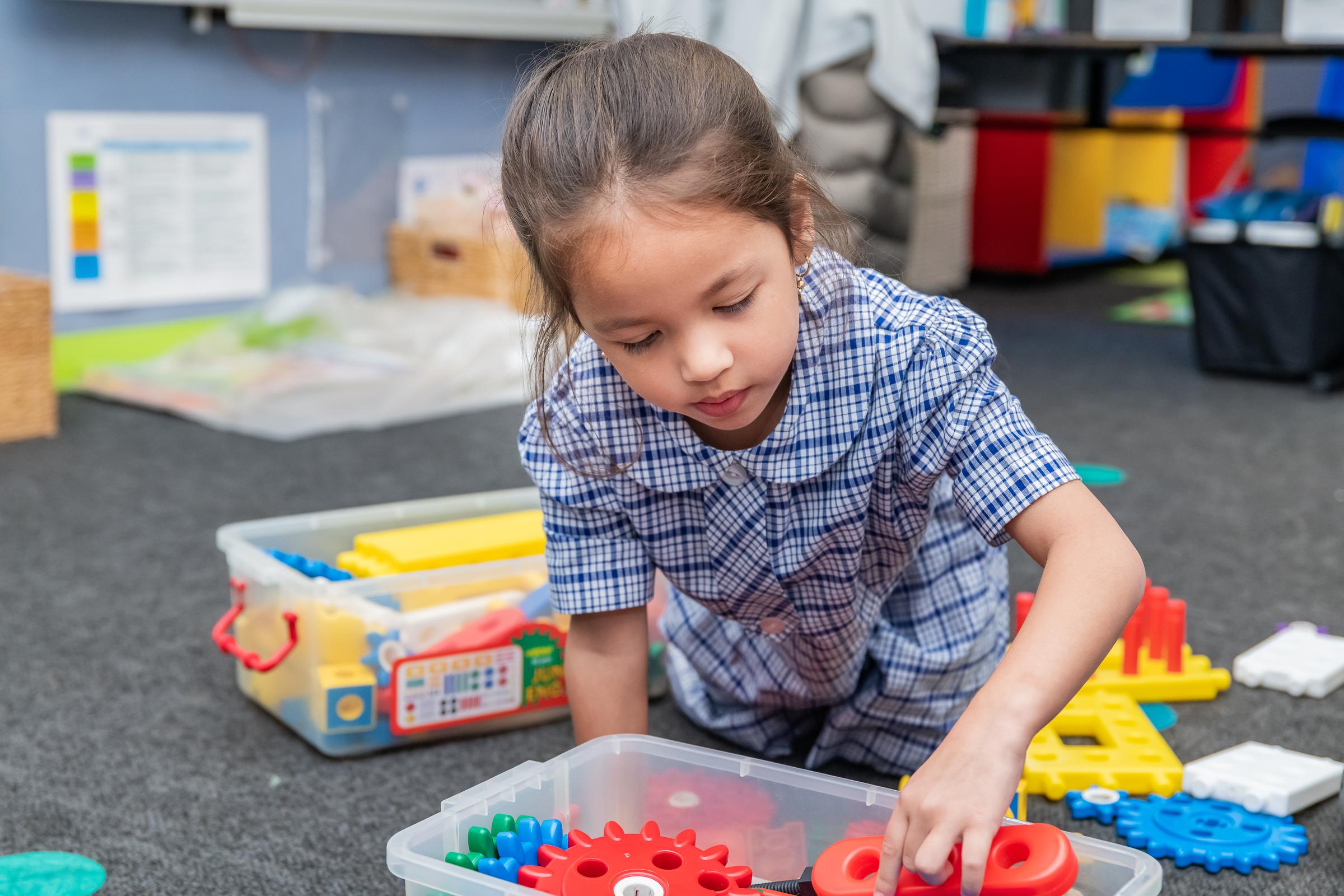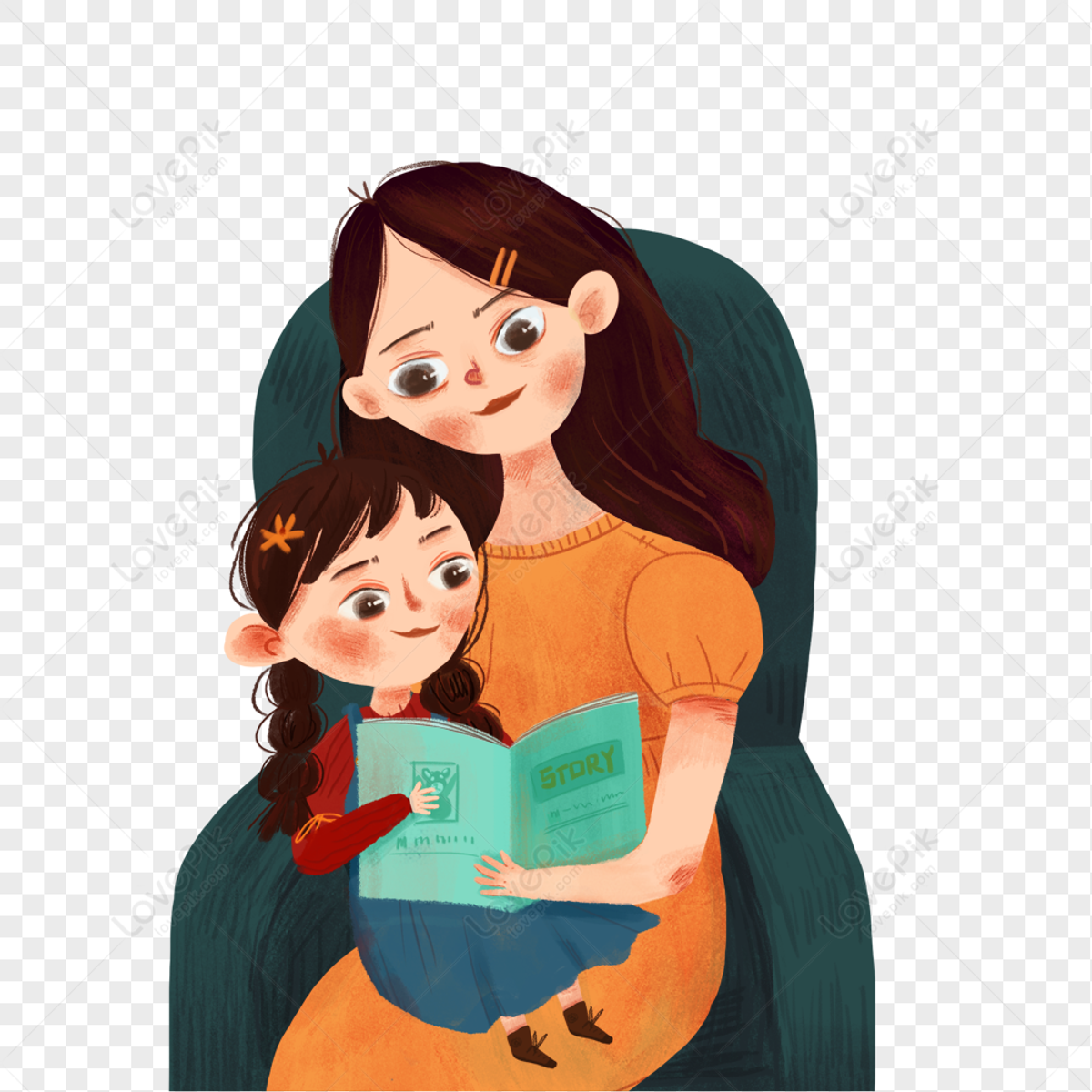Learning and Teaching
Using evidence-based practices to teach reading

Learning and Teaching
Using evidence-based practices to teach reading


At Holy Family, we use evidence-based instruction to teach our students how to read. The most current research provides us with the information we need to understand how we learn to read, the skills involved, and how they work together.
Students are taught to decode words based on the letter-sound relationships they are explicitly taught, not by guessing the word based on the picture, the structure of the sentence or the meaning. If children can't decode the words on a page, they will fail in their journey to become fluent, independent readers.
Phonics is taught systematically and explicitly at our school. Once a child knows the sounds that a set of letters make, they practise the skill of sounding and blending to read words. The knowledge and skills must be practised over and over to achieve mastery.
Decodable texts help to support them in practising these skills. These texts are carefully sequenced to progressively incorporate words that are consistent with the letter-sound relationships that the child knows. They increase in complexity as the student learns more of the phonetic code.
Using a systematic and explicit phonics approach alongside decodable texts has been proven as the most effective way to teach reading and promote self-teaching, helping children read with greater accuracy and independence. This leads to greater gains in reading development.


While it is essential that children in the early stages of reading development practice using decodable texts, they will benefit from hearing other texts' rich vocabulary and language forms. Exposure to these texts can be achieved by parents and teachers reading a range of texts to children. At home, these books can be in English or in a family's home language.
Once students have sufficient letter-sound knowledge and decoding skills to apply independently, teachers introduce other types of books with more diverse language structures and vocabulary.
Simone Crist
Literacy Leader